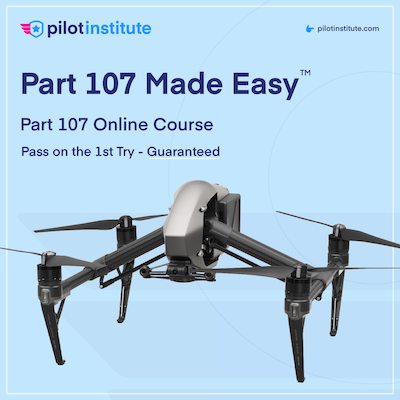A Comprehensive Guide to Becoming a Drone Pilot
In recent years, the field of unmanned aerial vehicles (UAVs), commonly known as drones, has witnessed exponential growth in applications ranging from photography and videography to agriculture, surveying, and even emergency response. With the surge in demand for skilled drone pilots, pursuing a career or hobby in drone piloting has become an attractive option. This comprehensive guide will walk you through the essential steps to become a competent and certified drone pilot.
1. Understand the Basics
Before embarking on your journey to become a drone pilot, it’s crucial to understand the fundamentals of drones, their components, and their operation. Drones come in various types, including quadcopters, hexacopters, and fixed-wing models. Familiarize yourself with key terms such as remote controllers, propellers, batteries, GPS, and autopilot systems.
2. Legal and Regulatory Considerations
Flying drones involves adhering to strict rules and regulations to ensure safety and privacy. In many countries, drones are subject to aviation authorities’ guidelines. Key aspects to consider include:
a. Drone Registration: Some countries require you to register your drone before flying it. This is often a straightforward online process.
b. Pilot Certification: In many regions, especially for commercial purposes, you’ll need a drone pilot certification. In the United States, for instance, you must obtain a Part 107 Remote Pilot Certificate from the Federal Aviation Administration (FAA).
c. No-Fly Zones: Be aware of restricted airspace, such as around airports, government buildings, and sensitive areas. Many drones have built-in geofencing to prevent flying in these areas.
d. Flight Restrictions: Respect altitude limits and weather conditions. Always check weather forecasts before flying.
3. Choose Your Drone
Selecting the right drone depends on your intended use. For beginners, entry-level drones are recommended due to their ease of use and affordability. As you gain experience, you can invest in more advanced models with better features.
4. Learn to Fly
Practice is essential to becoming a skilled drone pilot. Start with a basic drone and practice flying in open spaces away from obstacles. As you become more confident, you can practice maneuvers like hovering, take-offs, landings, and navigating around obstacles.
5. Study Aeronautical Knowledge
To pass the required certification exams, you’ll need to understand aeronautical concepts. This includes airspace classifications, weather patterns, radio communication procedures, and aviation charts. Numerous online resources and courses are available to help you prepare.
6. Obtain Necessary Certifications
For commercial drone operation, obtaining the appropriate certifications is vital. In the U.S., the FAA’s Part 107 certification is essential for commercial drone pilots. This involves passing a knowledge test that covers various aviation topics. Other countries have similar certification processes that you should research and follow.
7. Prepare for the Knowledge Test
The knowledge test typically covers a wide range of topics, including regulations, airspace, weather, emergency procedures, and more. Study materials provided by aviation authorities and online courses can greatly aid your preparation.
8. Practical Flight Training
While passing the knowledge test is crucial, practical flight skills are equally important. Consider enrolling in flight training programs that offer hands-on experience with drone operation. These programs can help you refine your piloting skills, understand flight dynamics, and gain confidence.
9. Build a Portfolio
If you’re interested in using your drone piloting skills for professional purposes like photography, videography, or surveying, start building a portfolio of your work. High-quality visuals can attract clients and demonstrate your capabilities.
10. Stay Updated
The drone industry is rapidly evolving, with new technologies and regulations emerging regularly. Stay up-to-date with the latest trends, advancements, and legal requirements to ensure your skills remain relevant and your operations compliant.
11. Practice Ethical Flying
Respect the privacy of others and follow ethical guidelines when flying your drone. Avoid invasive behaviors, like hovering over private property without permission, and always prioritize safety and respectful practices.
12. Continuous Improvement
Becoming a proficient drone pilot is an ongoing journey. Regular practice, continuing education, and staying engaged with the drone community will help you refine your skills and stay at the forefront of the industry.
In conclusion, becoming a drone pilot involves a combination of practical skills, theoretical knowledge, and adherence to regulations. Whether you’re pursuing a career in commercial drone operation or simply looking to enjoy flying as a hobby, the steps outlined in this guide provide a comprehensive roadmap to help you achieve your goals. Remember that safety, responsibility, and continuous learning are the cornerstones of a successful and fulfilling

